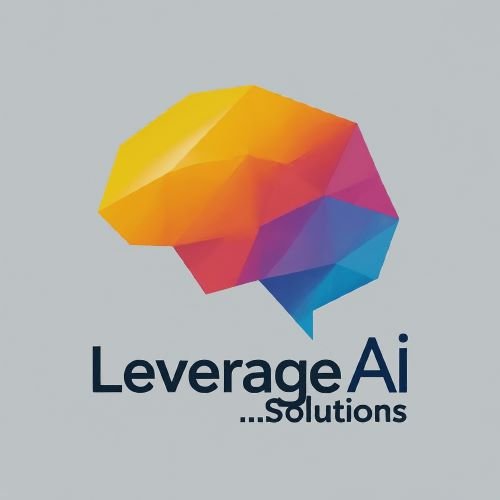Generative AI: Boosting Productivity or Workload?
Generative AI, celebrated for its potential to automate tasks and enhance productivity across various sectors, is paradoxically leading to increased workloads for businesses and employees. This technology, encompassing tools like ChatGPT and DALL-E, was anticipated to lessen burdens by automating routine tasks, improving customer service, and fostering creative content generation. However, the reality of its implementation involves significant challenges that add to workloads rather than diminishing them.
The integration of generative AI into the workforce demands extensive training and substantial infrastructural adjustments, translating into months of preparation for employees to proficiently use these tools. Furthermore, the deployment at scale requires the establishment of centralized teams to develop protocols and standards, amplifying rather than alleviating work burdens.
Employees find themselves dedicating additional time to manage and oversee AI-generated outputs, ensuring accuracy and quality, which is particularly evident in sectors like customer service. Here, while new or less-skilled workers may see a productivity boost, experienced agents benefit minimally, necessitating ongoing oversight.
An alarming trend is the emergence of workers utilizing generative AI tools without formal employer approval, leading to unregulated use that can result in inconsistencies and further corrective tasks. This unregulated usage underscores a gap in training and governance.
Moreover, generative AI is swiftly altering job roles, pushing workers to rapidly acquire new skills to remain competitive in the job market. This shift is not only adding to the workload but also demanding higher cognitive skills and expertise in AI tools, complicating the nature of work further.
Despite the initial promise of generative AI in reducing workloads and enhancing efficiency, the practical implementation paints a more complex picture. The technology’s current deployment necessitates extensive training, constant oversight, and adaptation to evolving job roles, collectively contributing to an overall increase in workload. Businesses are thus faced with the challenge of carefully managing the integration of generative AI to truly harness its benefits while mitigating the added demands it places on their employees.
